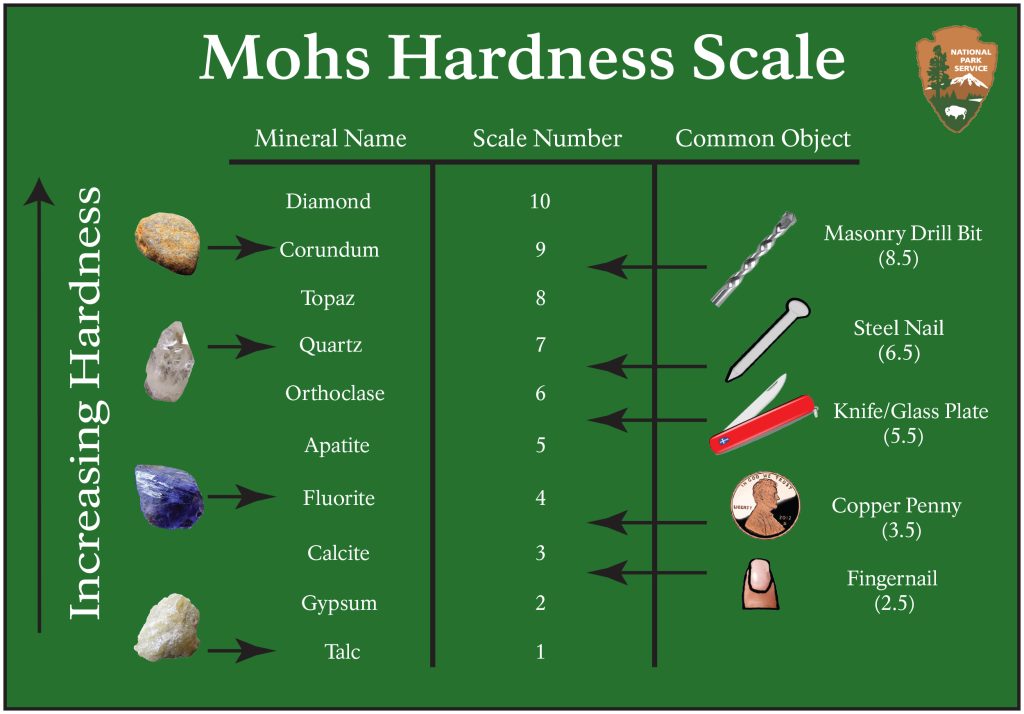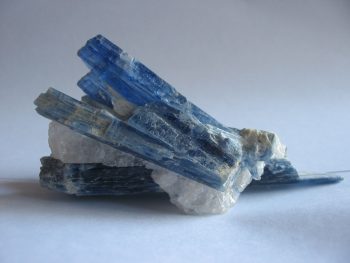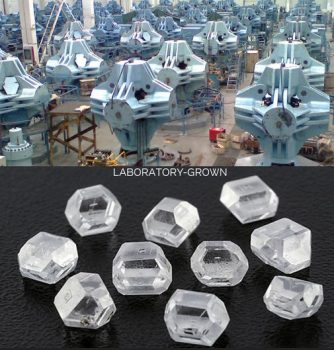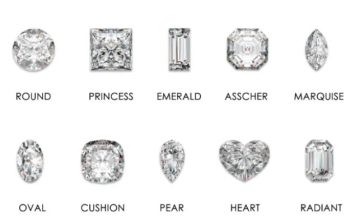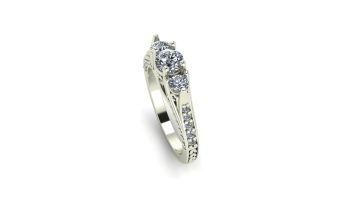What Is The Mohs Scale?
Have you heard of The Mohs Scale, but didn’t know what it is? In a nutshell, it is a system of grading the hardness of gemstones. It tells you things like their durability and wearability. For example, a diamond is a 10, the highest score possible. That is because it is the hardest natural substance on the planet.
The Mohs Scale is a system used to measure the hardness of minerals. It was developed by Friedrich Mohs in 1812 and is still widely used today. The scale ranks minerals from 1 to 10, with 1 being the softest and 10 being the hardest.
The scale is based on the ability of one mineral to scratch another. For example, if a mineral can scratch another mineral, it is ranked higher on the scale. This allows geologists and scientists to determine the relative hardness of different minerals.
The Mohs Scale is a valuable tool in many fields, including geology, archaeology, and gemology. It helps scientists identify minerals, determine their durability, and understand their properties. By using the Mohs Scale, researchers can gain valuable insights into the natural world and make important discoveries.

Diamond Wins. Hands Down
The hardest stone on the Mohs Scale is diamond. Diamond is ranked as a 10 on the Scale, making it the hardest naturally occurring substance known to man. It is composed of carbon atoms arranged in a crystal lattice structure, which gives it its exceptional hardness. Diamond’s hardness is due to the strong covalent bonds between its carbon atoms, which are difficult to break. This makes diamond ideal for use in cutting tools, such as diamond saw blades and drill bits, as well as in jewelry. Its hardness also contributes to its durability, making it highly resistant to scratching and wear.
What The Mohs Scale Tells Us About A Stone’s Durability
Mohs is a useful tool for assessing the durability of stones used in jewelry. This scale can help consumers make informed decisions when purchasing jewelry, as it provides insight into how well a stone will withstand everyday wear and tear. For example, a diamond, which ranks as a 10 on the Mohs Scale, is extremely durable and suitable for everyday wear. On the other hand, a stone like opal, which ranks around 5-6, is more susceptible to scratches and may require extra care. By understanding the Mohs Scale, consumers can choose jewelry that matches their lifestyle and ensures the longevity of their precious stones.
In addition to hardness, Mohs also provides information about a stone’s resistance to breakage. Stones with a higher ranking on the scale are less likely to chip or fracture, making them ideal for jewelry that will be worn frequently. For instance, sapphires and rubies, which rank at 9 on the scale, are known for their durability and can withstand the rigors of everyday use. Conversely, stones like pearls, which rank at a low 2.5, are more delicate and require careful handling to prevent damage.
It’s important to note that while the Mohs provides valuable information about a stone’s durability, it is not the only factor to consider when choosing jewelry. Other factors such as toughness, cleavage, and stability can also impact a stone’s ability to withstand wear and tear. Therefore, it is always advisable to consult with a knowledgeable jeweler who can provide expert guidance based on the specific stone and jewelry piece in question. By taking into account the Mohs and other relevant factors, consumers can make informed decisions and enjoy their jewelry for years to come.
Here Is The Hardness For Gemstones Commonly Used In Jewelry
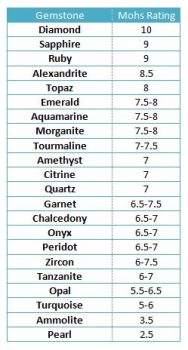
Anything under 6 is pushing how suitable it is for jewelry. Especially everyday wear jewelry. Gemstones that rank too low on the Mohs to be used in jewelry are those that have a low level of hardness. The Mohs is a scale that measures the hardness of minerals, with a range from 1 to 10, with 10 being the hardest. Gemstones that rank too low on this scale are more prone to scratching and damage, making them unsuitable for everyday wear. Some examples of gemstones that fall into this category include opal, pearl, and amber.
Opal is a beautiful gemstone known for its iridescent colors. However, it ranks relatively low on the Mohs, with a hardness of around 5.5 to 6.5. This means that opals are more susceptible to scratching and cracking compared to harder gemstones. As a result, opal jewelry should be handled with care and worn sparingly to avoid damage.
Pearls, although not technically gemstones, are another example of a material that ranks low on the Mohs. Pearls are formed by mollusks and have a hardness of only 2.5 to 4.5. This makes them extremely delicate and vulnerable to scratches. As a result, pearl jewelry should be stored separately from other jewelry and protected from harsh chemicals and rough surfaces.
Amber, a fossilized tree resin, is also not suitable for everyday jewelry due to its low hardness. Amber ranks around 2 to 2.5 on the Mohs , making it quite soft and prone to scratches. While amber can be used in jewelry, it should be worn with caution and kept away from abrasive materials.
Which Jewelry Types Work Well With Softer Gemstones
Soft gemstones are delicate and require careful consideration when it comes to pairing them with jewelry. Certain types of jewelry work particularly well with softer gemstones, enhancing their beauty and protecting them from damage. Here are some jewelry types that are recommended for softer gemstones:
1. Earrings: When it comes to softer gemstones, earrings are an excellent choice. They allow the gemstones to be showcased without the risk of excessive wear and tear. Stud earrings, in particular, are a great option as they securely hold the gemstones in place while adding a touch of elegance to any outfit.
2. Pendants: Pendants are another jewelry type that complements softer gemstones. The design of a pendant allows the gemstone to hang freely, minimizing the chances of accidental damage. Additionally, pendants can be easily customized to suit personal preferences, making them a versatile choice for showcasing softer gemstones.
3. Bracelets: Bracelets can be a stylish way to display softer gemstones. However, it is important to choose a bracelet design that offers adequate protection to the gemstones. A bracelet with a bezel setting or a delicate chain can help keep the gemstones secure while adding a touch of sophistication to any wrist.
These types of pieces do not get the wear and tear that a ring endures. For rings, we recommend staying above 6 on the Mohs. However, that is not a hard and fast rule. For example, setting a softer stone in a bezel will protect it far more than a prong setting.
Looking For Gemstone Jewelry?
We create custom jewelry from the ground up. That means that your piece’s stones will be sourced after the design is completed. If you are looking for a softer stone to go in your ring, we can work with you to create a setting that will protect your stone as much as possible. Click here to see out custom engagement rings or our custom pendants. Then, contact us with your idea.
